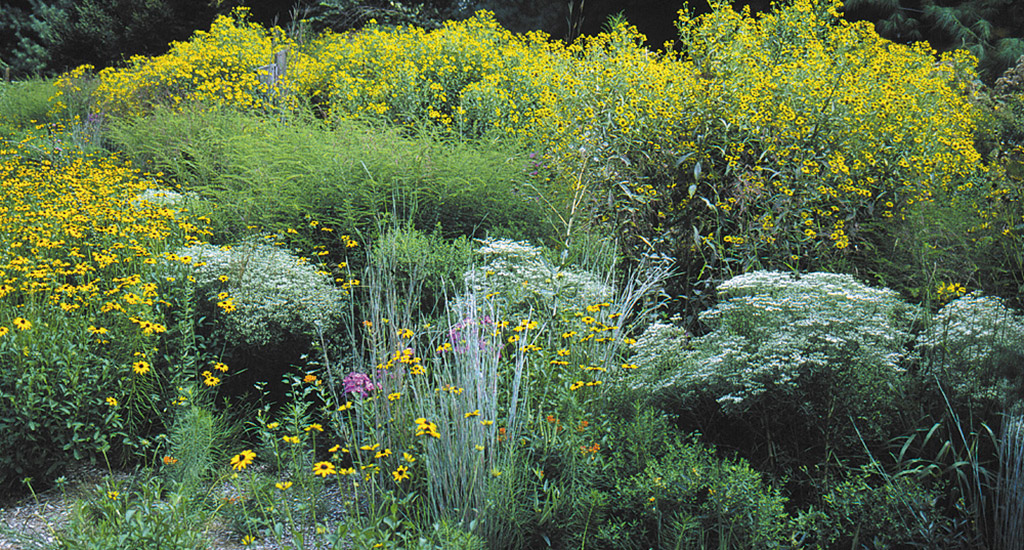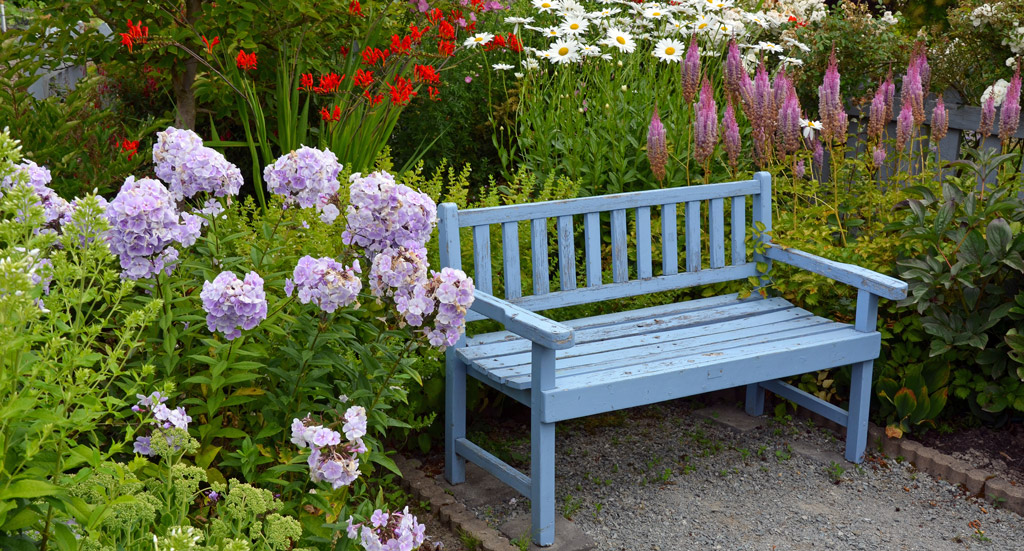Native Gardening

Step into the world of native gardens with Eric Rohsler. “Right plant; right place” is their philosophy and key to success.
Native plants have evolved and adapted to grow in our area. So naturally using these species helps reduce the need for irrigation and the number of garden pests. Native gardening is beneficial to the area and also the plants themselves. When planted in their natural conditions, native plants tend to thrive. Native plants experience less stress than non-native plants. They also are more insect and disease resistant and they can tolerate harsh conditions.
A few examples of plants native to this region include:
- Hepatica
- Trillium
- Jack-in-the-Pulpit
- Mayapple
- Lady’s Slipper Orchids
- Asclepias
- Cardinal Flower
- Phlox stolonifera
- Asters, Goldenrod
- Ironweed
- Multiple types of Goldenrod, ferns, and ornamental grasses.
Perks of Native gardening
One of the perks of native gardening help with erosion control. Plants native to the area tend to benefit the soil because they are used to the area and the soil. Native plants also provide needed food sources for pollinator species, including butterflies, hoverflies, hummingbirds, bees, and bats. Native species can also be planted in combination with non-native species to form a naturalistic planting that aims to recreate a particular type of habitat, like a meadow.

Our area has its own set of flowers for every season. In the perennial garden, the show begins in spring with plants such as, Bleeding Heart, Dianthus, Columbine, Virginia Bluebells, Mountain Pinks, and Candytuft.
Roses steal the show in the summer along with summer classics such as Echinacea, Cutting Phlox, Hibiscus, and Catmint. Autumn brings out the best in Japanese Anemones, Asters, several species of Ornamental Grasses, Joe-Pye Weed, Hardy Ageratum, Rudbeckia, Stonecrop (try “Autumn Joy”), and Sweet Autumn Clematis.
Autumn brings out the best in Japanese Anemones, Asters, several species of Ornamental Grasses, Joe-Pye Weed, Hardy Ageratum, Rudbeckia, Stonecrop (try “Autumn Joy”), and Sweet Autumn Clematis.
Even in the winter, there are some things blooming. When most of the garden is experiencing winter downtime, hellebores will bloom like wild, even if there is snow on the ground.
In addition to creating desirable habitat for native animals and pollinators, native gardening with perennials add to your home’s value and provide an enjoyable habitat for you!
